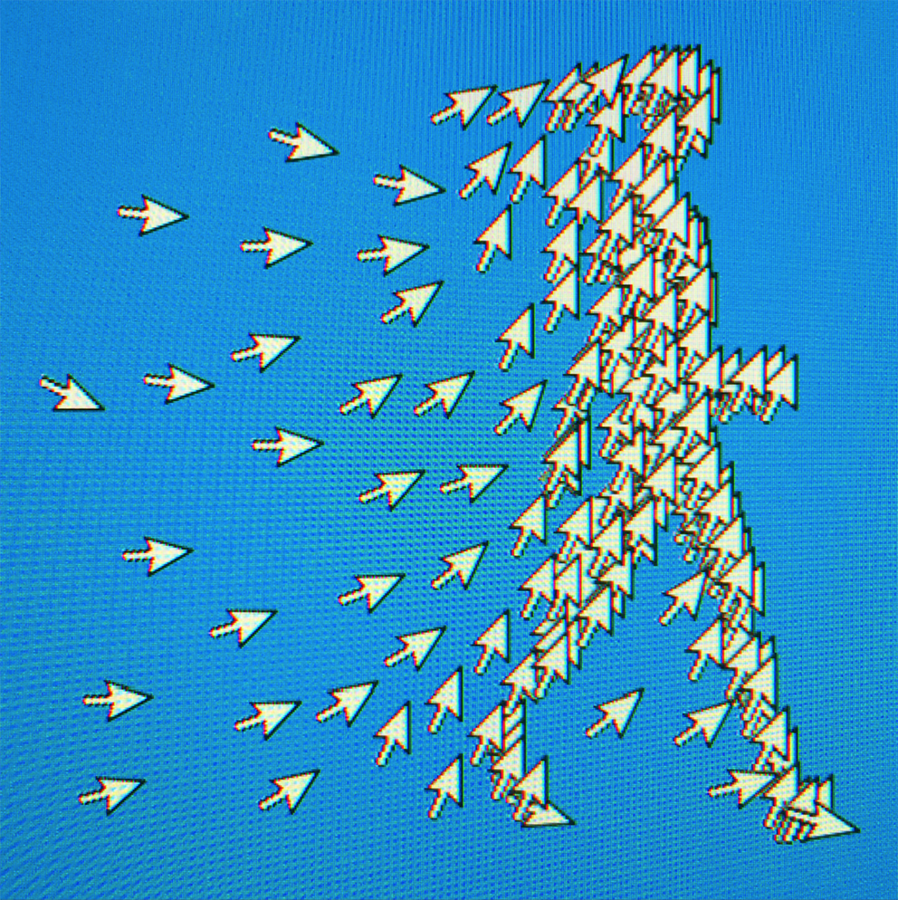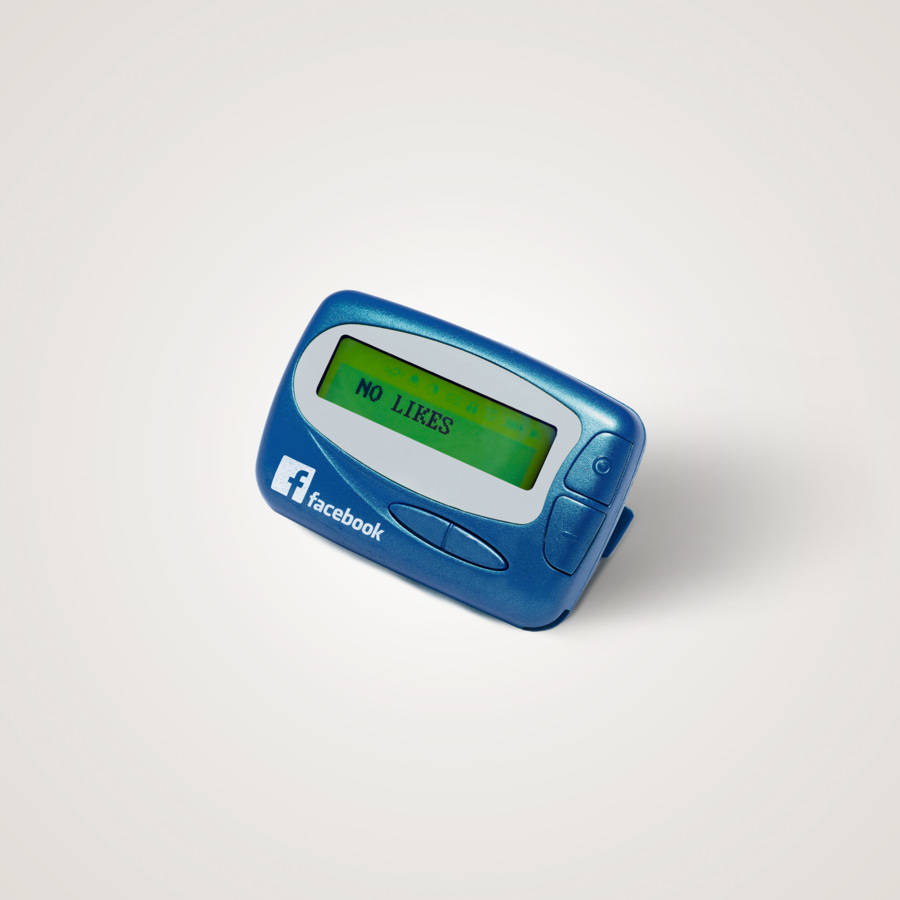Six years ago, I was finishing up my degree studying finance. On the last day of university, my derivatives professor had us write a letter to ourselves about what we'd hope to accomplish in the next decade. In one session writing to myself, I realized I had no interest in pursuing a career in finance but rather do what I loved designing, building, and growing products.
Over these past six years, I have built a variety of products including a live sports betting game show on your phone with 80% monthly retention, a network of instagram accounts doing 100M+ impressions daily, and a music promotion business amassing 50M+ views in six months. I've also been lucky enough to work with a variety of special companies at while doing pre-seed investments at Betaworks.
While I developed an internal process for thinking about product, it hasn't been until now that I've sat down and thought about labeling some of the mental models I've used for developing, designing, and iterating on ideas in the consumer/media product space. Designing product is a muscle in our brains that can be trained, and there are tangible ways of thinking to cut corners. Here are just a few of the concepts that I think are worth sharing for different stages of building.
“IDEATING”
Ask questions that reframe convention.
There is always a rational explanation for why certain 'things' aren't a 'thing'. But 'rational' is simplistic and can gloss over important hidden ideas. I find that if you ask questions rooted in irrationality that bump up against convention you may arrive at a solution with unexpected benefits. Airbnb is the classic example of asking irrational questions. "What if we can get strangers to stay on one another's couches?" They saw an opportunity in the minority "yes" when starting out. Not only did this result in an incredible business, but also hidden benefits from staying in a strangers home like experiencing new cultures in more depth.
Design for the irrational ones.
There is a common adage in the startup world (particularly the venture backed startup world) that timing is everything. You have to build the foundation for your company just early enough in the adoption curve so that you are positioned to grow quickly with the market. This concept makes perfect sense, but is entirely unactionable. I've found the best way to take advantage of this in consumer products is simply by building products for irrational people. Design your product around a consumer behavior that most people won't do currently, but that you believe will become common through a combination of time, community, or ease of use. Designing for the average person is just a race to the bottom.
Continuous practice of inversion.
We view things from the perspective in which we already know them. If you see an app with a compelling mechanic or your own is failing, it's worth attempting to invert interactions or flows. For example, if you are building an app for sending your location to a friend. Consider shifting from sharing your location actively to passively. These kind of changes with some luck can unlock increases in important metrics, user behaviors, or just your next idea.
“DESIGNING”
Choice architecture.
One of my favorite lines is, "it's not designed perfectly, it's designed to be perfect". This is awesome in the context of product building because people make decisions subjectively based on the reality of the experience they're living within. There is no universally perfect design. If we frame decisions for users correctly, we can not only change their perception of the value our product delivers, but also lead them to their desired end state with a smile on their face.
Single player mode.
Many builders often think about what products would be like as collaborative, social, or networked experiences instead of starting from a single player mentality. I think this leads to a trap where you don't innovate on your core mechanic leaving your product undifferentiated. For example, one of my favorite products on the web today is Notion. While it provides a collaborative environment for teams to work together on documents; I would still be a power user even if it was only a personal notebook. Same goes for other products I love like, Whoop, Are.na, and HypeMachine. There is no more important focus than creating a powerful single player utility.
Designing for mediums & drag along design.
Many entrepreneurs design using heuristics and paradigms created by past products. Similar to someone speaking a second language, they carry habits from one language to the next. I think this can be a dangerous trap considering that many of the products at scale today were designed for a medium entirely different than what they're now consumed in. Building a product is like eloquently used language and there is so much opportunity in designing natively and intentionally for one medium.
“ITERATING”
Tear down and build using one mechanic.
Many products are conceived and built in entirety but find that users only like one mechanic or feature hidden within it. If you find yourself in this situation, I find it important to distill your product down to that single mechanic and and explore new variables to replace the rest with. For example, if you've built a sports betting product and people love the live play feature. Consider stripping it down and adding a live game radio feature. You may find a completely new experience for users.
Same product, different messaging.
Do your customers understand your value prop? Sometimes they key to getting your users to understanding your product's specific value is framing the messaging appropriately. Rather than getting stuck on tweaking or building your next feature, start innovating on where and how you explain your product. Come up with a hundred value props, hop on Facebook ads, and you’ll learn more in an afternoon than you could imagine. Surprisingly, the right words with the same product can change everything.
Move up and down demographics.
Your product mechanics and value prop are perceived differently by varying ages, geographies, cultures, you name it. Moving up and down demographics allows you to find pockets where new social capital can be minted by leveraging your product, which in turn can make it valuable outside of your initial market. The controversial example is TikTok (formerly Musical.ly) where many of their early members were underage users doing lip synching videos. Not only was this use case compel for its initial users, but the mechanic was extensible allowing it to scale outside their early demographic to what we see today.
Closing
I am realizing this is getting long, but hopefully some of you found some actionable value from reading it. Just remember it’ll probably look like a toy and feel brilliant and completely redundant at the same time. I’ll be doing these once a while so sub if you wanna stay around for the ride. Plus, a quick thank you to my co-founder Parker for helping write this.
If you disagree or have anything to add let's chat on Twitter at @sorenwrenn.




